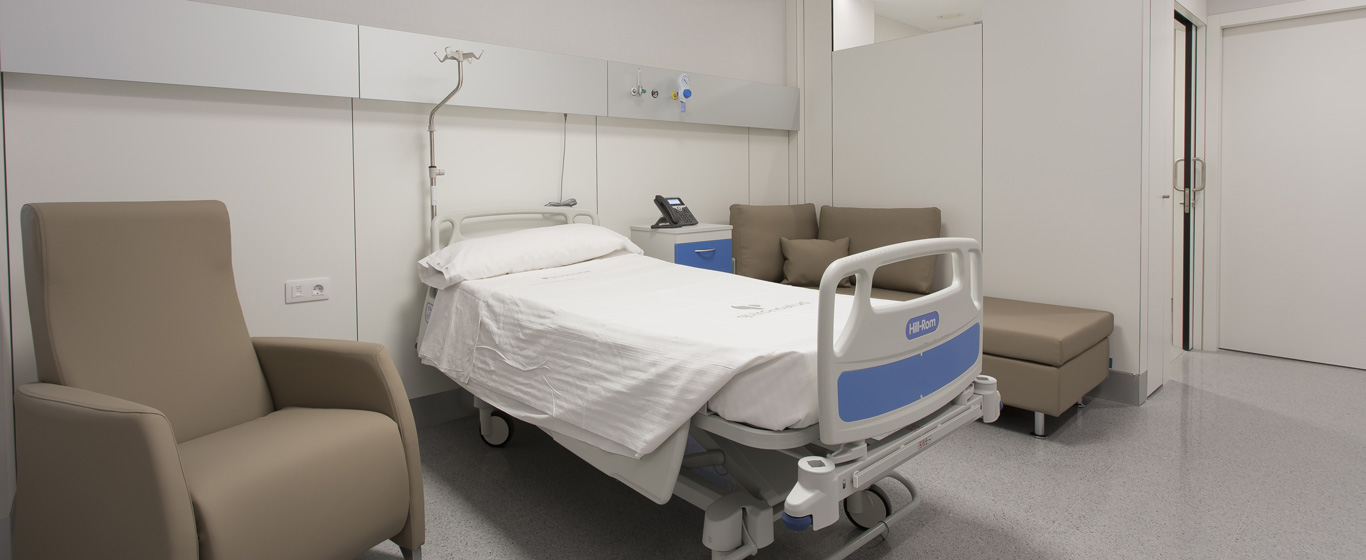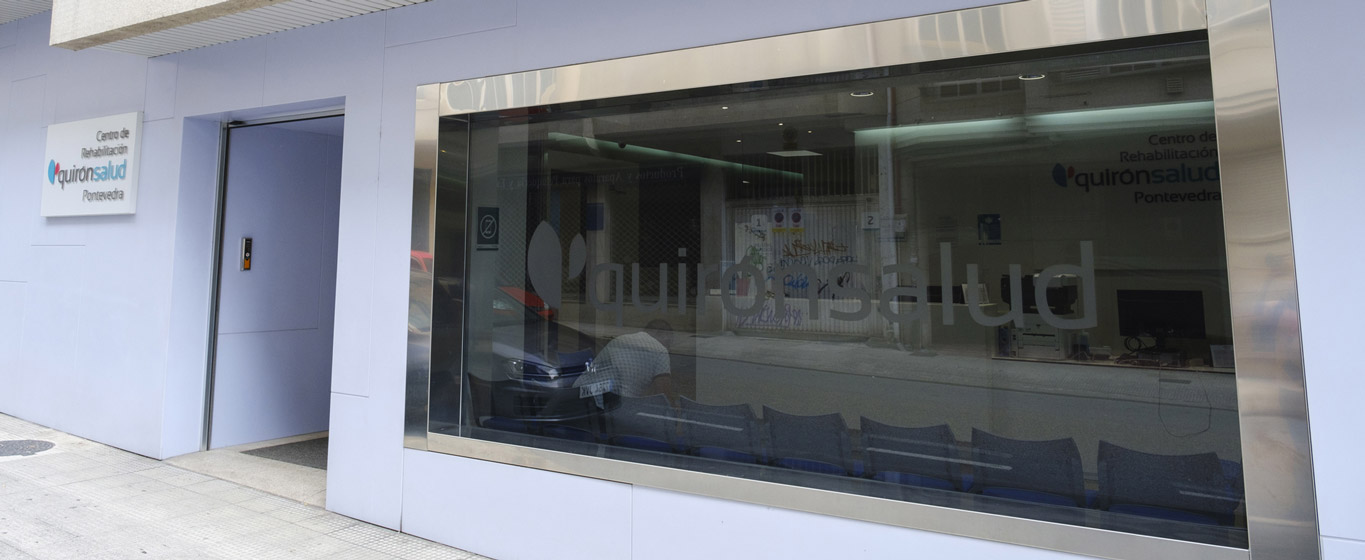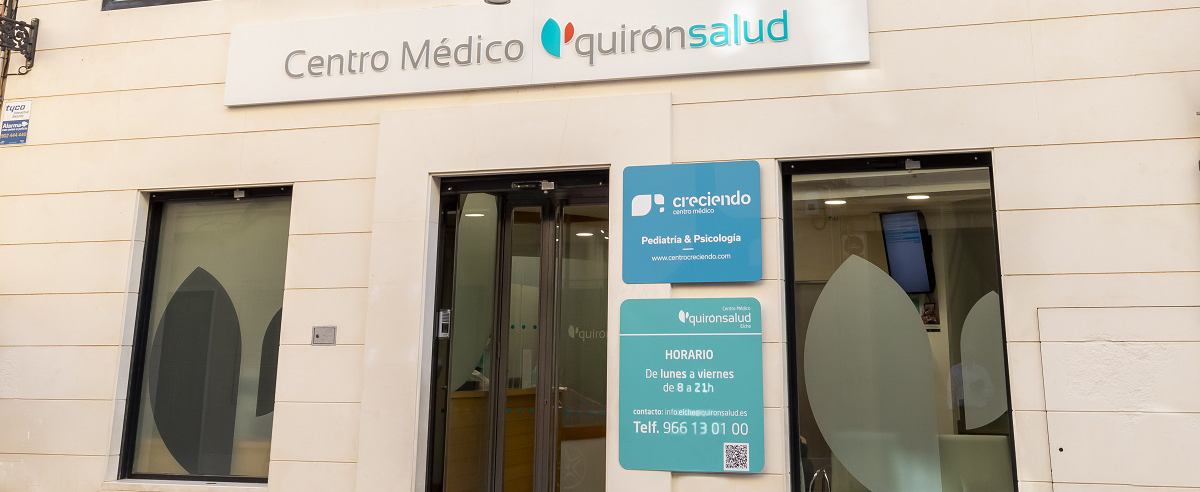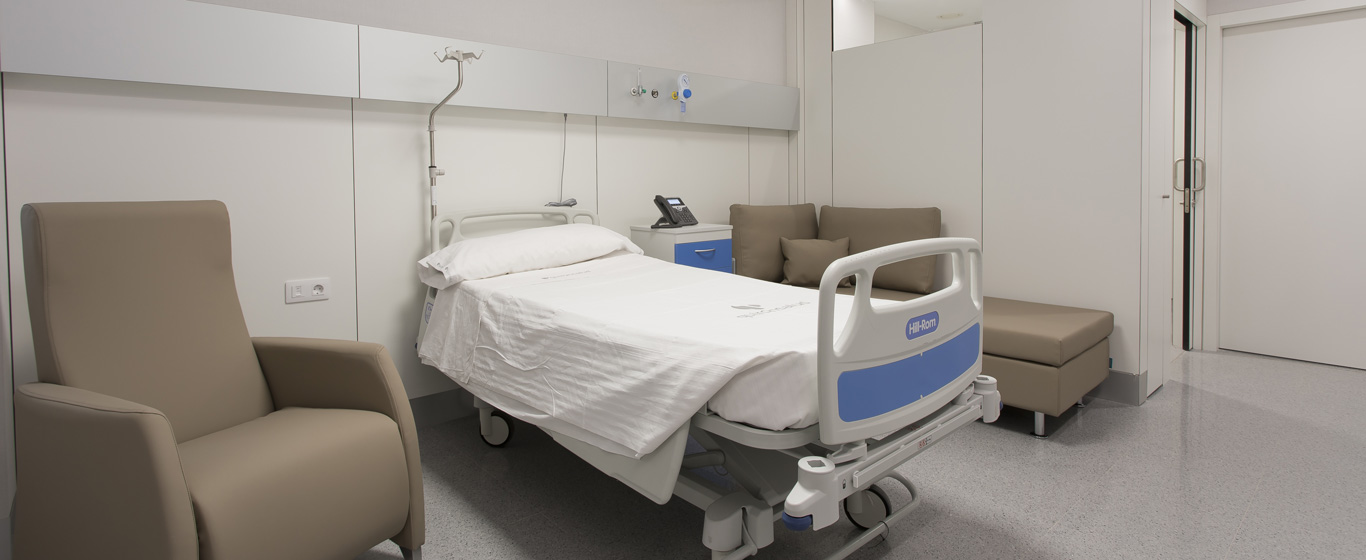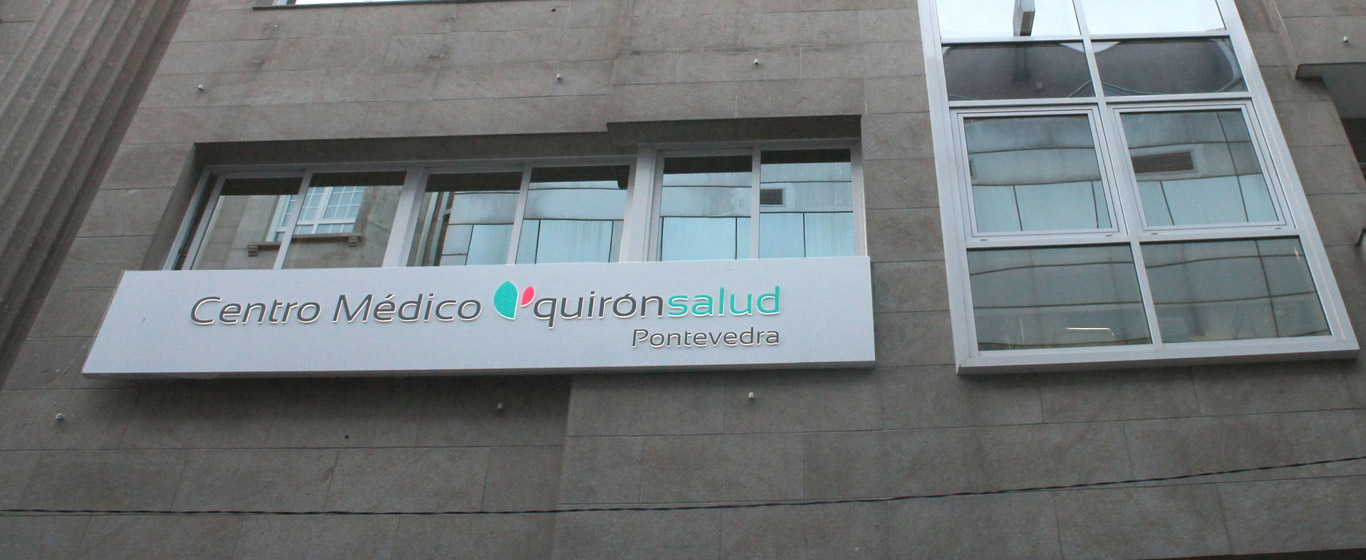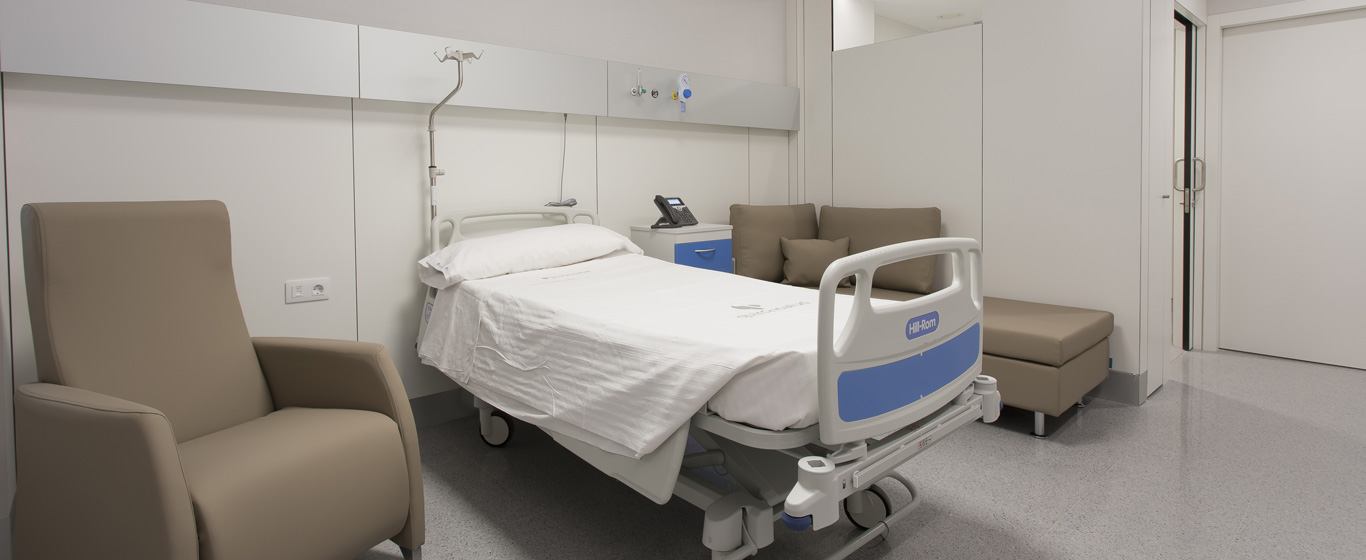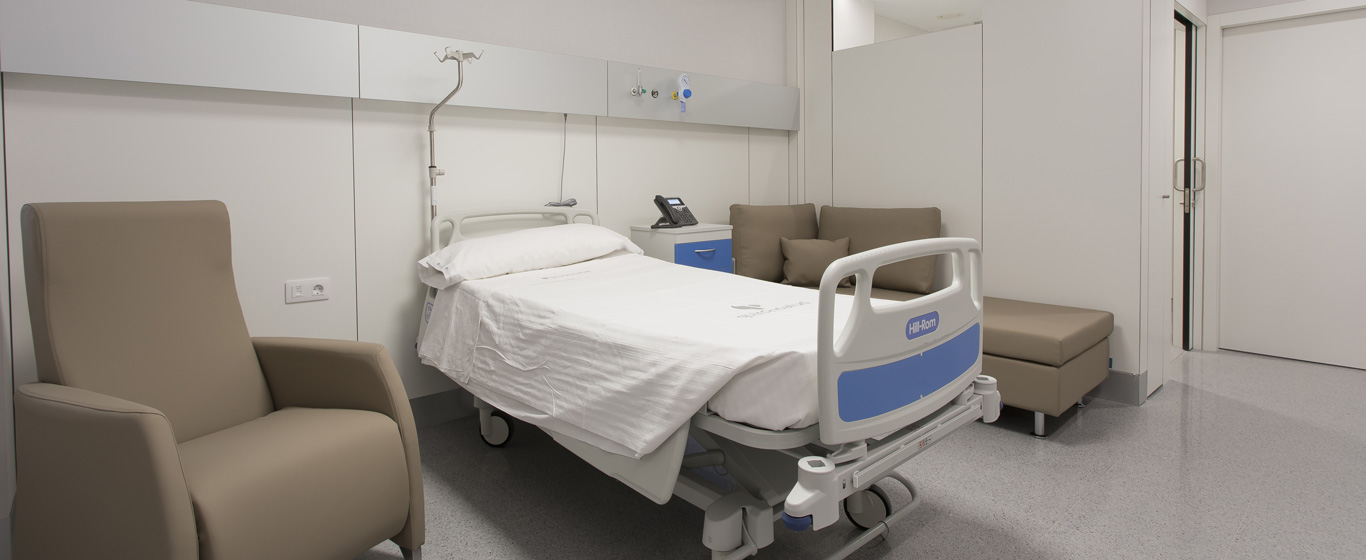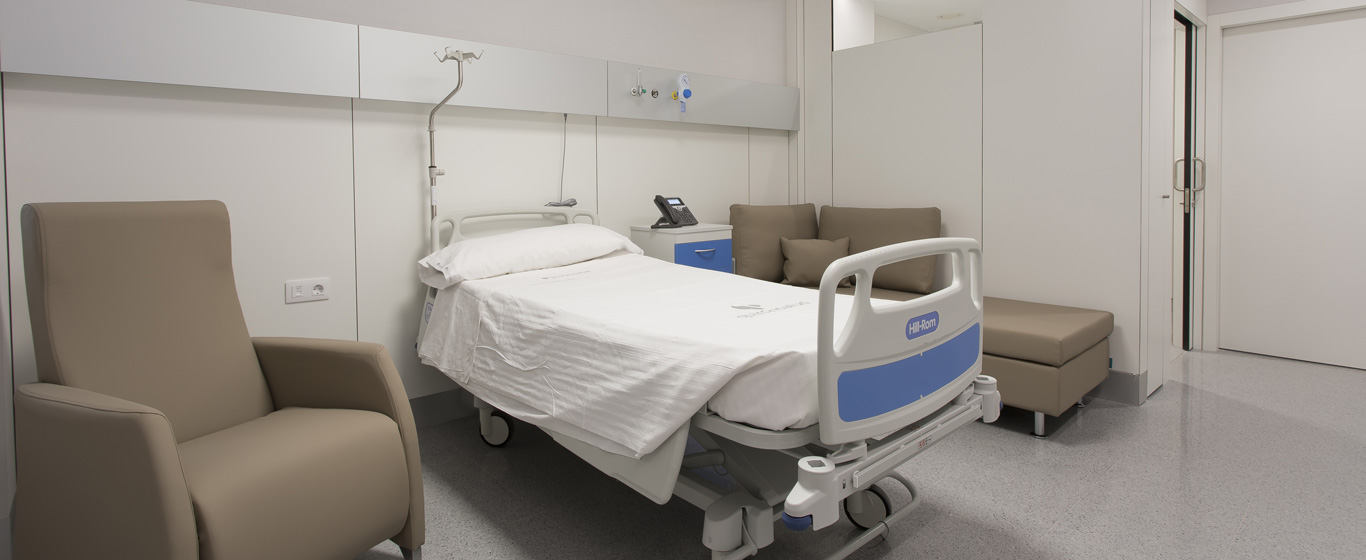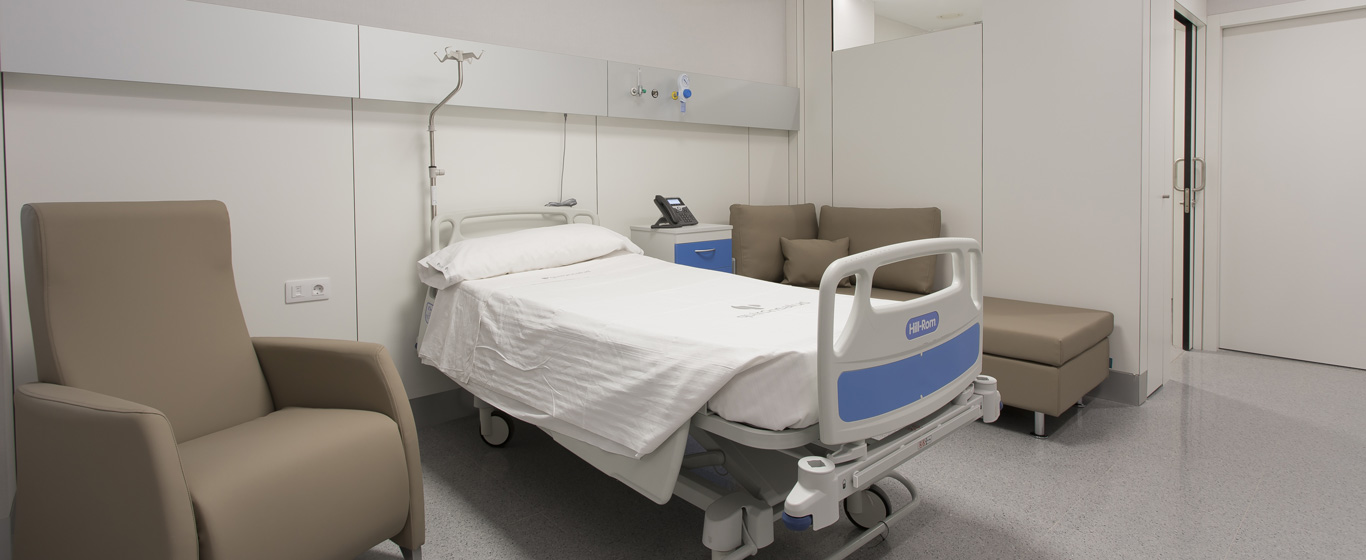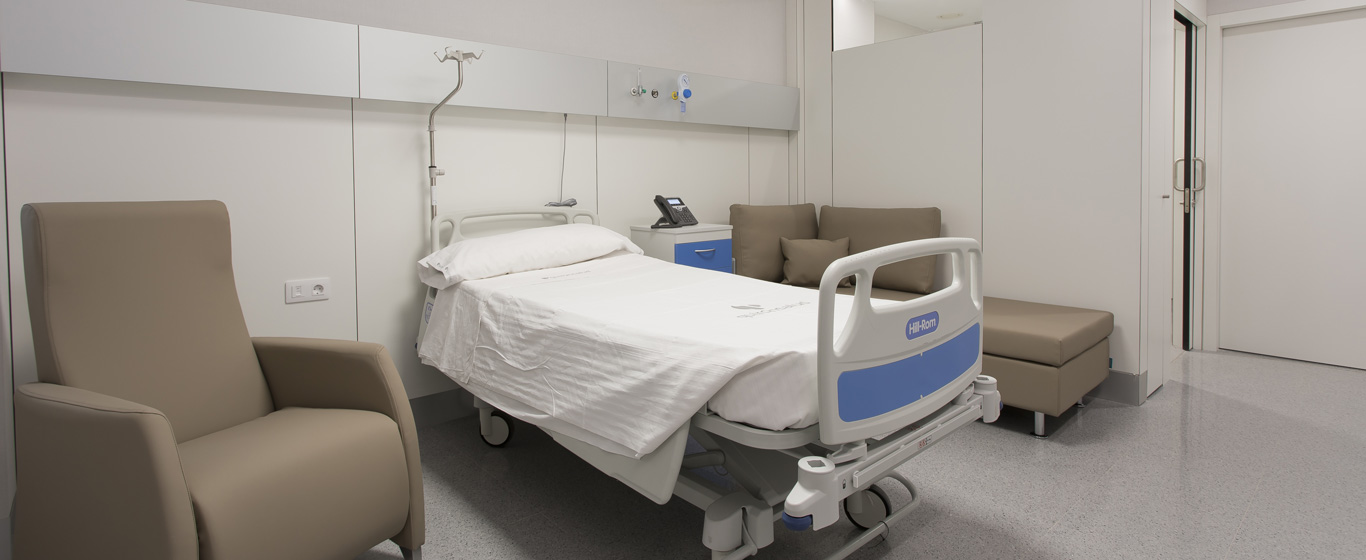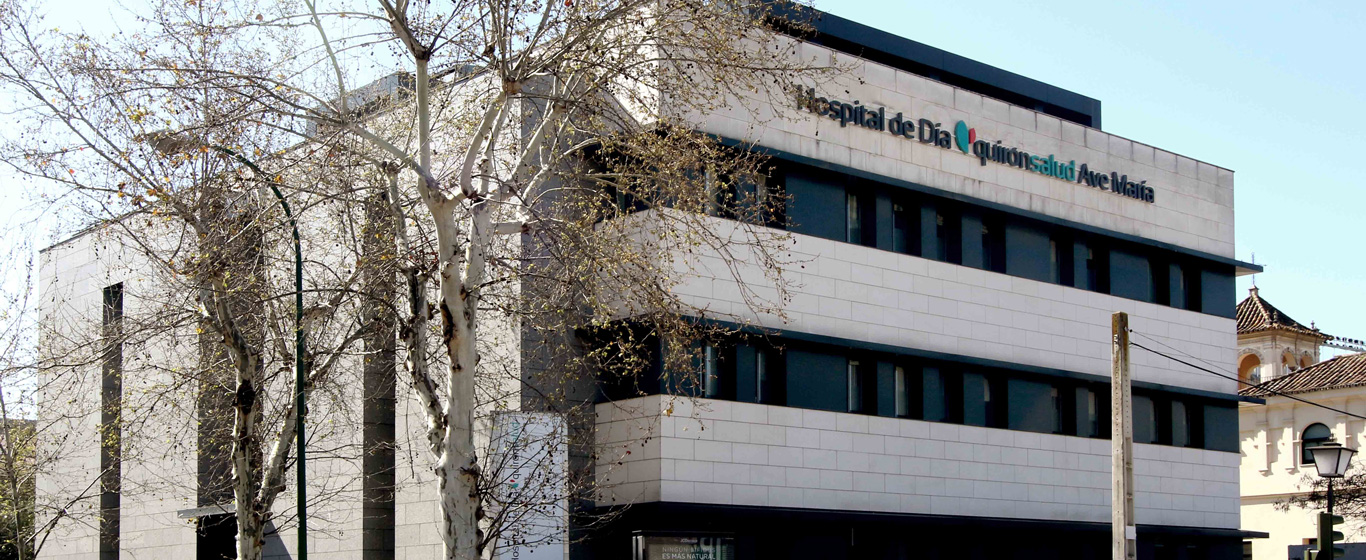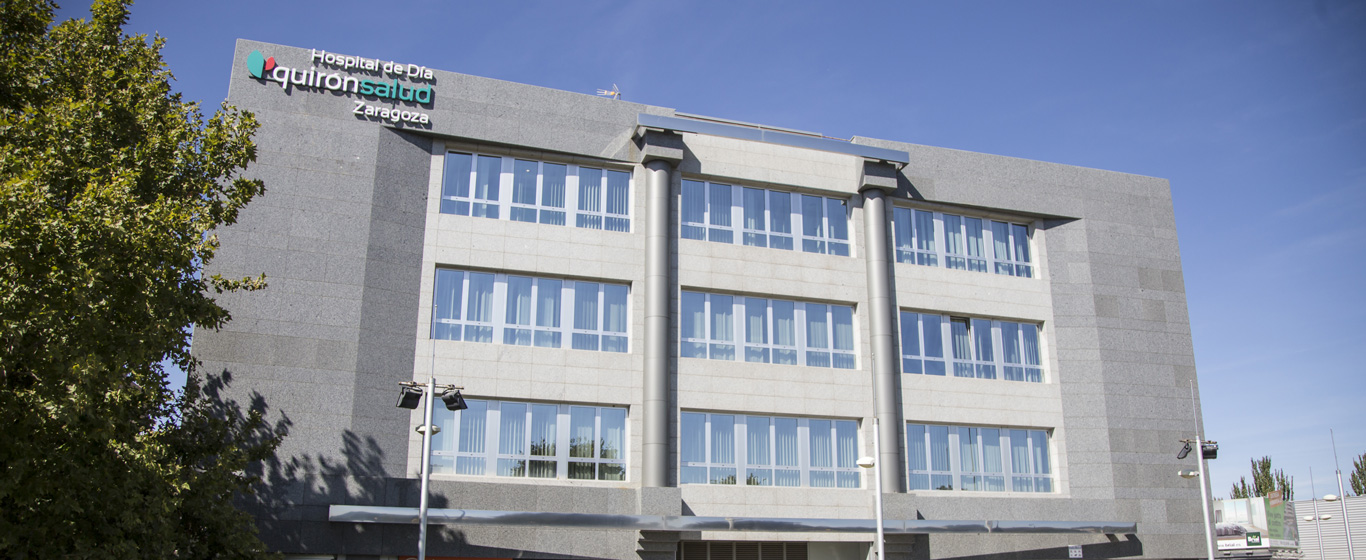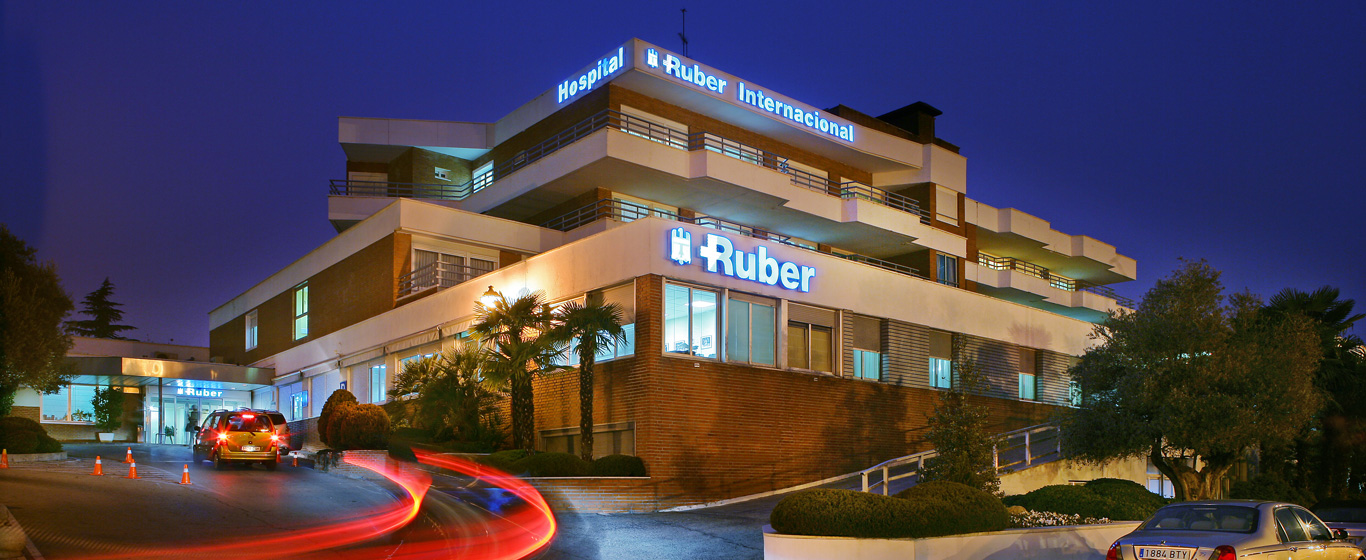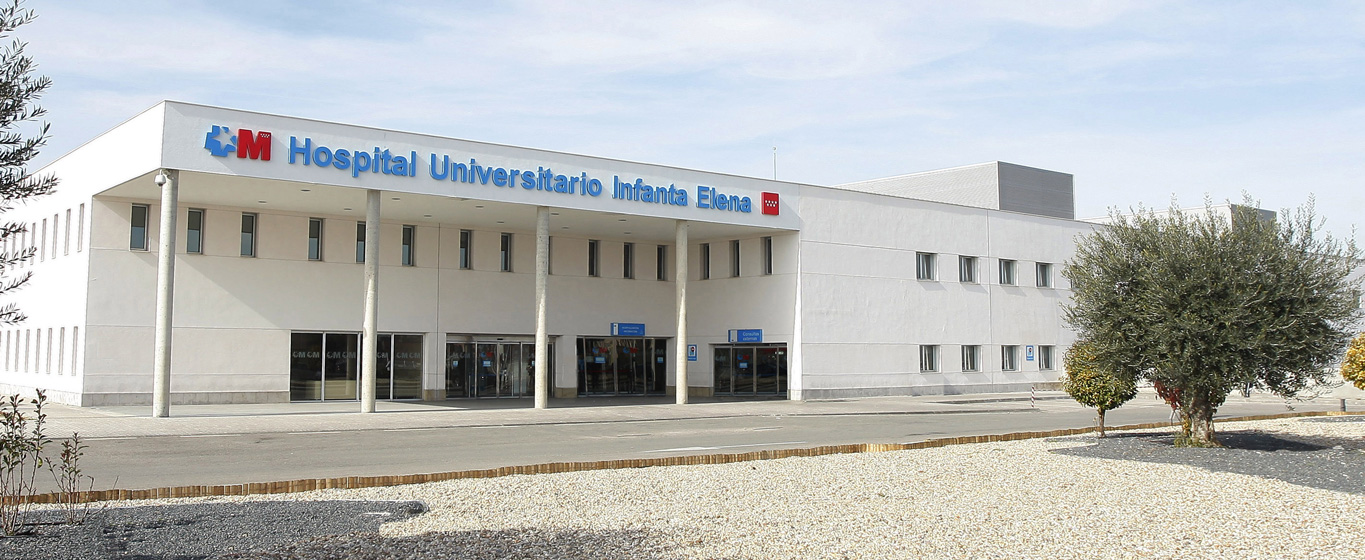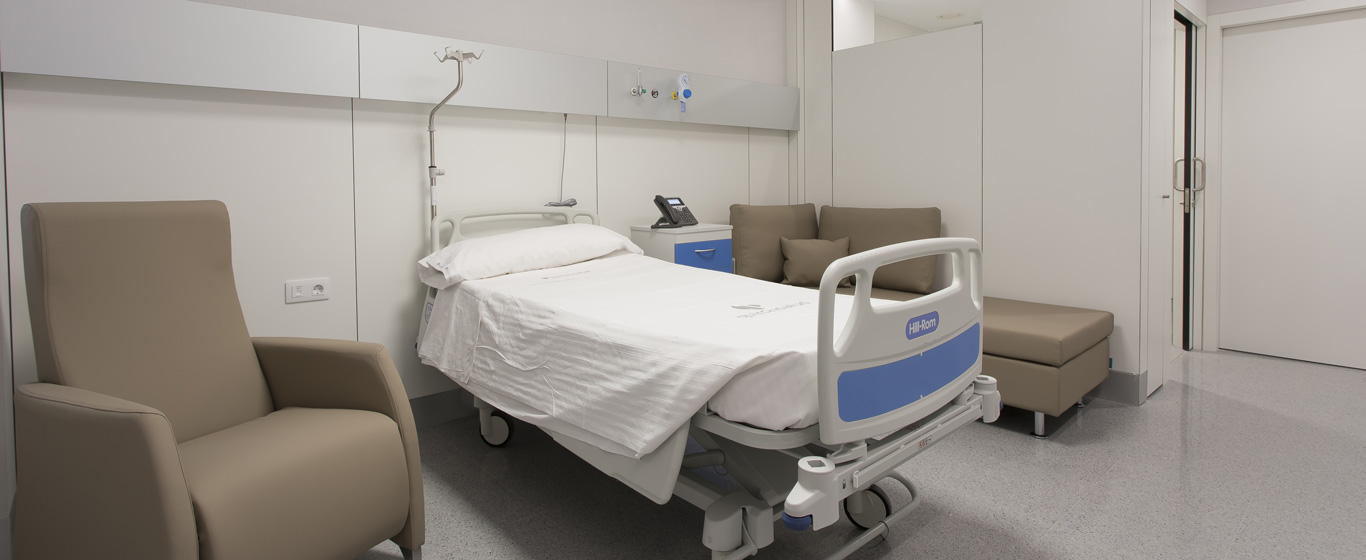Pelvic Computed Tomography (CT) Scan
Pelvic CT scan allows visualization of internal pelvic structures in detailed three-dimensional images obtained by X-rays. It is a non-invasive procedure that does not pose a health risk to the patient.

General Description
Pelvic computed tomography (CT) is a medical imaging procedure that uses X-rays to capture images of the pelvic region from multiple angles. The pelvis is located below the abdomen and between the hip bones. This non-invasive technique uses a minimal amount of radiation, making it safe for patients.
A pelvic CT scan can visualize the following tissues:
- Bones: sacrum, ilium, ischium, pubis, and coccyx.
- Organs:
- General pelvic CT: bladder, portions of the large intestine (colon and rectum).
- Male pelvic CT: prostate.
- Female pelvic CT: uterus and ovaries.
- Blood vessels: iliac arteries (internal and external), iliac veins (internal and external), inferior vena cava, and inferior epigastric vein.
- Soft tissues: muscles, fat, and connective tissue.
Besides diagnosing diseases, pelvic CT scans are used for surgical planning and to monitor treatment effectiveness. Often, they are combined with abdominal CT scans to provide a broader anatomical overview.
When is it indicated?
Pelvic CT is indicated in patients presenting symptoms or clinical suspicion of:
- Infection.
- Abscesses (inflammation and pus accumulation due to infection).
- Malignant tumors.
- Benign cysts.
- Congenital malformations.
- Crohn’s disease.
- Ulcerative colitis.
- Bone fractures.
Pelvic CT is contraindicated in pregnant women and nursing mothers. Use of contrast agents is discouraged in patients with kidney, heart, or thyroid diseases.
How is it performed?
The pelvic CT scan is performed with the patient lying supine on a scanning table. The scanner emits X-rays which rotate around the patient, capturing images on detectors after passing through the body. A computer converts the detected radiation into images represented in varying shades depending on absorption.
Multiple images from different angles produce slices 1 to 10 millimeters thick, which are combined to create a three-dimensional view of the pelvis.
Contrast agents enhance tissue differentiation, highlighting blood vessels and tumors by making them appear brighter on images.
Risks
Radiation exposure during a pelvic CT is very low and generally not a health risk. Typically, a dose of about 10 millisieverts is used, equivalent to natural background radiation accumulated over approximately three years. However, repeated exams may increase future cancer risk.
Rare allergic reactions to contrast media may include rash, itching, and headache.
What to expect during a pelvic CT
The patient will change into a hospital gown and remove any metal items such as glasses, dentures, or hearing aids. Then they enter the radiology room and lie on the scanning table.
If contrast is injected, a mild pinch is felt in a peripheral vein, followed by possible transient sensations of rapid heartbeat and intense warmth in the arm, chest, and genital areas.
The patient must remain still during the approximately 20-minute procedure to ensure sharp images. After the test, normal activities can be resumed immediately without rest.
Specialties requesting pelvic CT
Pelvic CT scans are performed by radiologists at the request of specialists in internal medicine, intensive care, orthopedic surgery and traumatology, oncology, gynecology, urology, and general and digestive surgery.
How to prepare
Fasting for six hours before the pelvic CT is required, regardless of whether contrast is used.
Patients should wear easily removable clothing and avoid metallic objects and makeup to facilitate the procedure.







